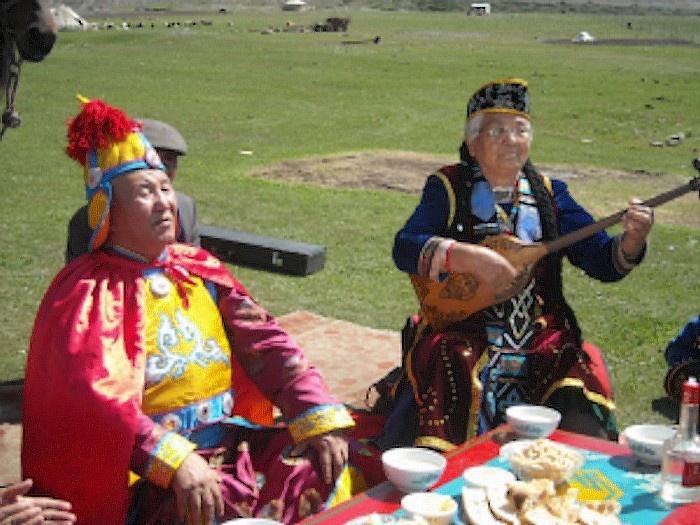The history of Topshur
356 views · Organized by 风月呢喃 on 2022-03-11
The history of Tobshur is as old as the history of the formation of the Mongolian people.

In addition, in the Qing Dynasty "Western Regions Map", there is a detailed record of "Tobushuer": Yuanbushuer, or Erxian, is made of wood as a groove-shaped square with holes at the bottom. The length of the face is six inches, eight points, two centimeters, six centimeters, and the width is five inches, three points, nine centimeters, and three centimeters. The side length is seven inches, eight points, eight centimeters, five centimeters, and the width is six inches and four centimeters. Using wood as the handle, from the Baishankou to the inner edge of the trough, it is 1 foot, 7 inches, 2/8 centimeters long, 9/10 centimeters wide at the top, and 1 inch, 07 centimeters, 8 centimeters wide at the bottom. The curved head is longer than the groove surface, wider and so on. The back slot is made to set the peg slot two inches and four centimeters long and three minutes wide. The shaft is four inches and four centimeters long, and it is two feet three inches and four centimeters long from the Xianbai Mountain Pass to the inside of the cover. The whole body is made of camphor wood, and the groove surface is made of paulownia. Shi Xian Er, with a single intestine. It is tied to the left and right small shafts, and the sound is obtained by finger-flicking with the hand.
In addition, Tovshuer also has a relationship with the Kazakh stringed instrument Kubuzi and the Kirgiz stringed instrument Keyake, and there are many similarities, but the difference is that the playing methods are different. It can be seen that Topshur has a long history.
Involving musical instruments
Tuofuer (pinyin: tuō fǔ xiù ěr) is a Mongolian and Manchu plucked stringed musical instrument. Popular in Xinjiang Uygur Autonomous Region, Bortala Mongolian Autonomous Prefecture, Hot Springs, Bole, Jinghe, Nileke in Ili Region, Bukser Mongolian Autonomous County in Tacheng Region, and Northeast China.
Guess you like
Organized by 弥光 on 2022-03-11
In order to conscientiously implement the spirit of the third Central Xinjiang Work Symposium, and fully, accurately and comprehensively implement the party's Xinjiang governance strategy in the new era, Wuerhe Town has further promoted the cultural and Xinjiang project, and took advantage of the holiday "Red Scarf Small Classroom" to invite literary and art workers. Pentek Chagder taught Topsauer playing skills to more than 20 teenagers in the town.
read >>
 渝公网安备 50010702504639号
渝公网安备 50010702504639号